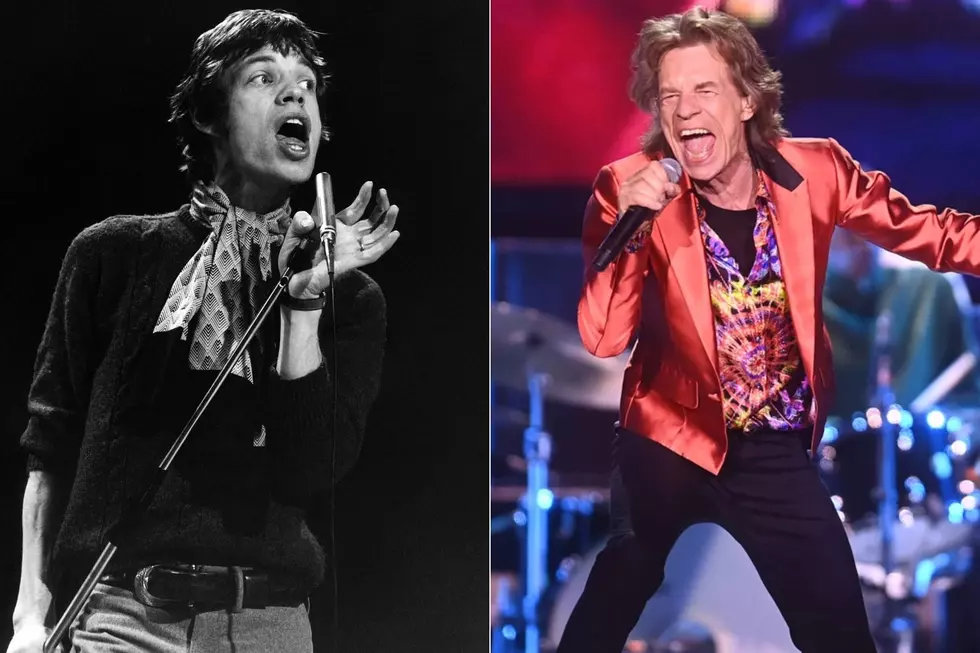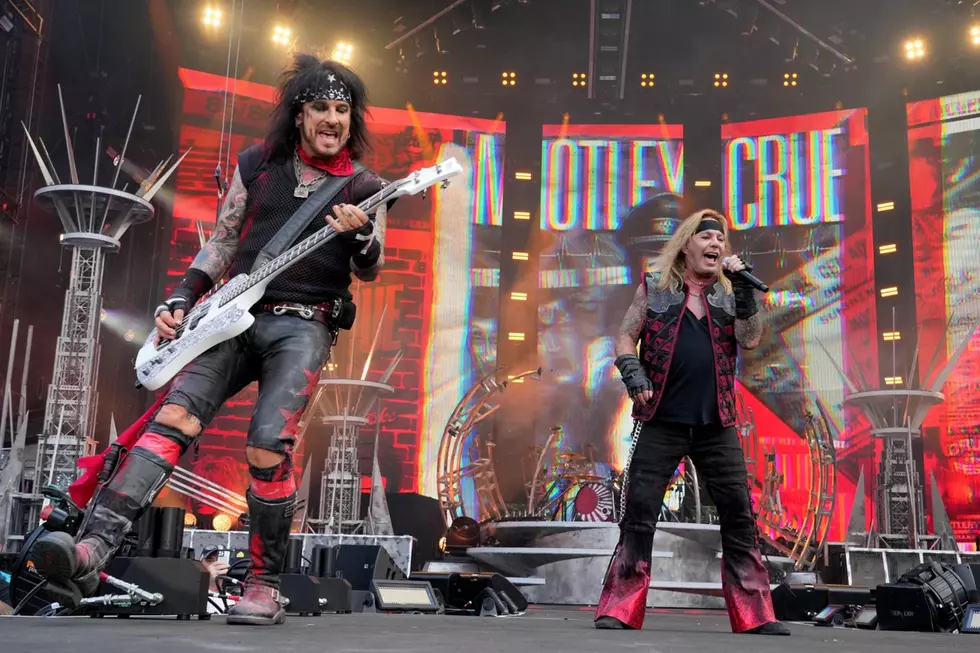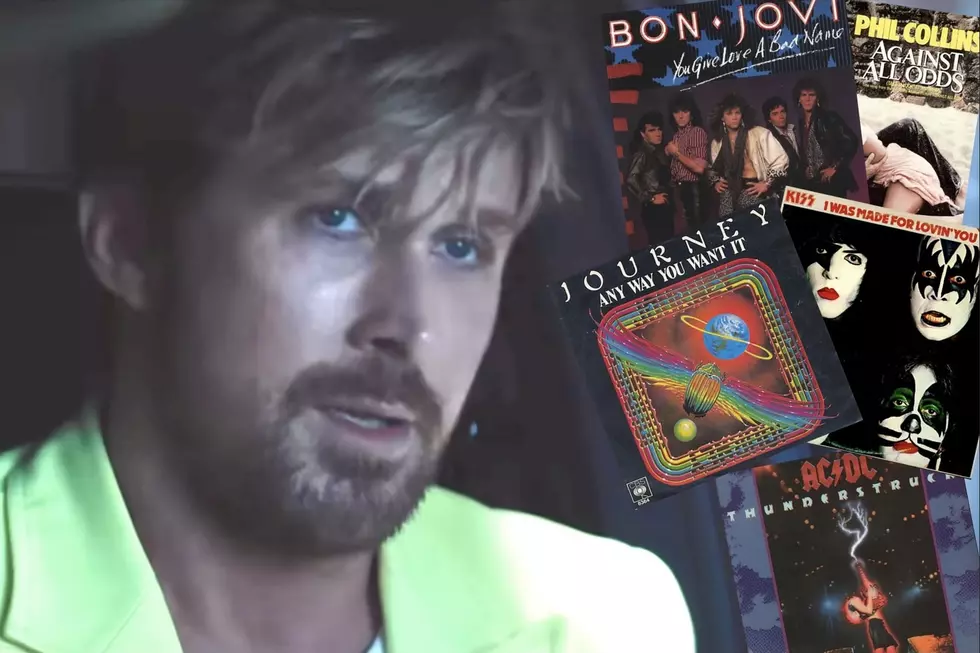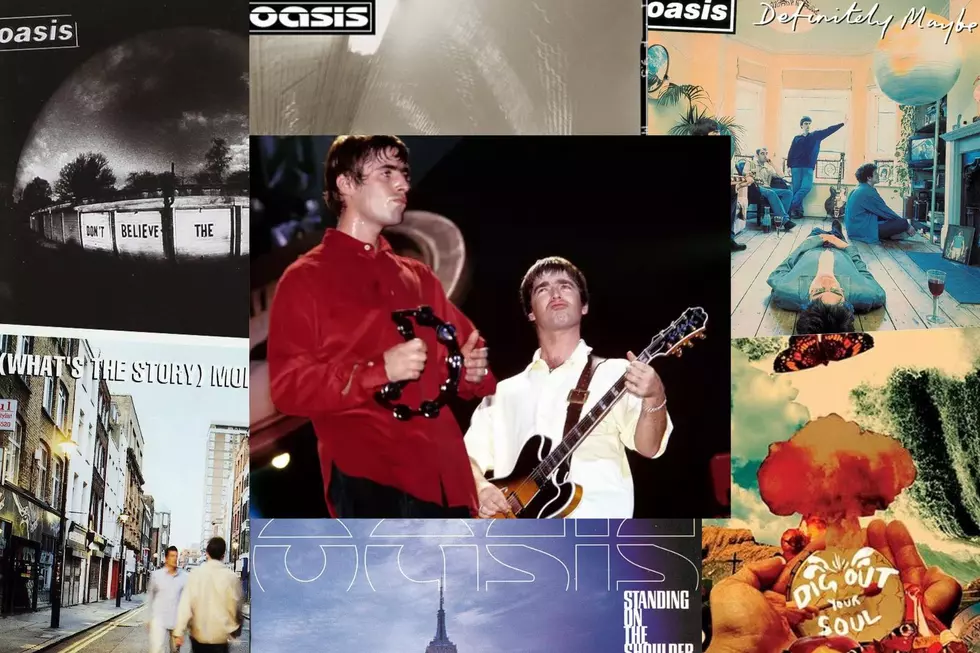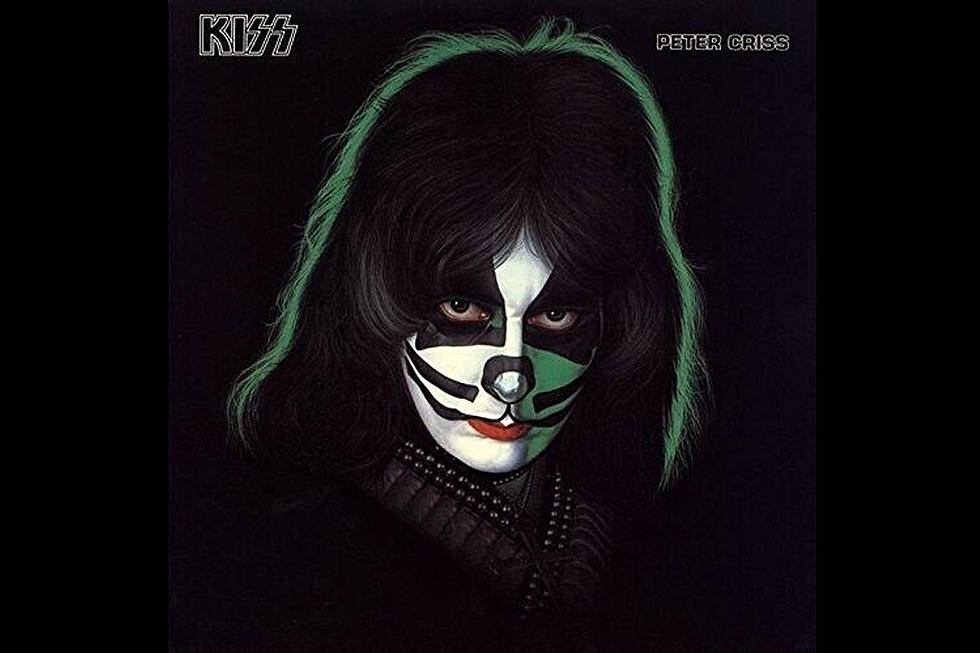
Why Kiss’ Solo Albums Failed to Keep Peter Criss in the Group
Kiss' simultaneously released 1978 solo albums were partially designed to help keep an unhappy Peter Criss in the band. The plan didn't work.
They were at the height of their fame and commercial power following the release of 1977's Love Gun, but behind the scenes, Kiss was falling apart. All four members were exhausted from the non-stop touring and recording grind of their first five years together. They were also flirting with overexposure, releasing new albums at a hectic pace alongside a non-stop blizzard of branded merchandise.
The hard-partying Criss and lead guitarist Ace Frehley had by their own admission developed troublesome substance-abuse issues. That put them into frequent conflict with the tee-totaling and career-driven Paul Stanley and Gene Simmons.
Criss and Frehley also wanted more say in the band's music, as Stanley and Simmons largely dominated the songwriting and lead vocal duties. This particularly galled Criss, who sang and co-wrote the band's biggest hit to that point, 1976's "Beth." Criss and Frehley were also miserable during the filming of the band's comically awful 1978 TV movie Kiss Meets the Phantom of the Park.
READ MORE: When 'Kiss Meets the Phantom of the Park' Took Over Your TV
With Criss and Frehley both threatening to leave over these issues, management cooked up a plan where all four members would take a break from each other to record solo albums. They would all be released on the same day, Sept. 18, 1978.
"Ace had first announced he wanted to leave the band," Stanley remembered in his 2016 book Face the Music. “We held a band meeting on the lot where we were shooting the movie. In response, [manager] Bill [Aucoin] and [Casablanca Records owner] Neil [Bogart] had almost immediately hit on an idea to hold us together. ‘You don’t need to leave the band,’ Bill said. ‘We’ll do solo albums.’ That turned out to be our next folly.”
How a Car Crash Impacted Peter Criss' Debut
Criss was excited to have the spotlight to himself, and to expand his musical horizons. "My album reflected my musical taste," he explained in his 2012 autobiography Makeup to Breakup. "Motown-inspired R&B with horns and backup singers."
First, however, Criss had to overcome several obstacles to hit the deadline mandated by the matching release date plan. In addition to early trouble locking down a producer, he was also recovering from a serious car accident that left him with a broken nose, ribs and hands.
"I played drums with little casts on each finger," he said in Makeup to Breakup. "It was incredibly painful, but I had a goal in mind – to do the best album of the four and leave the band with dignity. If my fingers weren’t burning, my neck was in such pain I had to wear a brace. And when I really belted out a song, my ribs felt like I had just gotten stabbed."
Despite these problems, the sessions were a happy time. “It was a lot of fun doing the album," producer Vini Poncia said in Kiss: Behind the Mask. “Our focus was on Peter the singer. It was designed around Peter doing songs that were emotional, songs that he could relate to. … He was able to do some white R&B, and bluesy kind of things that he grew up with. He was able to show the world a different side to him.”
Hear Peter Criss Perform 'Don't You Let Me Down'
Why Didn't Peter Criss' Debut Work?
Unfortunately, the world didn't think much of the results. Neither the material nor Criss' performances were unique or charismatic enough to attract the attention of fans, some of whom were undoubtedly also unwilling to make the leap from hard rock to old-school R&B.
“Out of all the records that we’ve ever done solo or as a group, I think that one showed that the guy behind it really didn’t have a clue," Simmons said in Kiss: Behind the Mask. "Not only about songwriting, but just about direction and who he is.”
Criss' solo debut peaked at No. 43 on the Billboard charts, lower than than any of his bandmates. His was the only album from which two singles were released, but neither charted. (To be fair, Stanley's album peaked at No. 40 and also failed to spawn a charting single.)
“In retrospect, doing the solo albums probably put the final nail in the coffin of the band,” Criss concluded in Makeup to Breakup. “From the start, [frequent Kiss collaborator] Sean [Delaney] was against it. He thought there would be winners and losers and that would be the demise of Kiss. But we got sucked into Bill and Neil’s grandiose schemes.”
Did Peter Criss Play on Every Kiss Album?
Just months after the release date, Kiss returned to the studio to record 1979's Dynasty. Still recovering from his car crash and in no rush to rejoin his bandmates, Criss only performed on one track. He was secretly replaced by Anton Fig on the other songs.
Criss' face would appear on a trio of subsequent Kiss album covers – Dynasty, 1980's Unmasked and 1998's partial-reunion Psycho Circus – but he only played drums on a grand total of two songs and sang on two others.
He did participate in the much-hyped "Return of Kiss" tour in June 1979, but by his own account intentionally sabotaged three of the final five shows by playing at the wrong tempo, causing his bandmates to fire him at the end of the tour.
READ MORE: How Peter Criss' Onstage Sabotage Ended Kiss' Original Lineup
After recording two poor-selling solo albums in the early '80s, Criss largely vanished from the public eye until the mid-'90s, reuniting first with Frehley on a co-headlining tour and then with the original lineup of Kiss for a highly successful series of world tours. He left the group for good in 2004, then released one more solo album in 2007. Criss retired from live performances in 2017.
Kiss Solo Albums Ranked Worst to Best
Think You Know Kiss?
More From Ultimate Classic Rock
